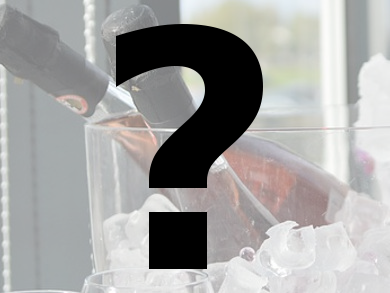Congratulations! Your answer is correct.
Quality sparkling wines undergo a second fermentation in closed bottles of base wines. They age with lees (yeast and debris left after fermentation) for at least nine months. In this process, carbon dioxide is generated. Before the bottle is sealed with a cork, the yeast is separated from the wine.
The second fermentation increases the alcohol content. To preserve a fresh, light taste during this secondary fermentation process, the grapes have to be harvested earlier for sparkling wines than for non-sparkling wines. Complex carbohydrates (type, molecular weight, composition) affect the fermentation and sensory properties of the wine. They are formed during the ripening of the grapes. Additionally, grape maturity can modulate the growth of yeast and the release of polysaccharides and oligosaccharides of the yeast cell wall during the alcoholic fermentation and the aging on lees.
A recent study analyzed the changes occurring on the composition of complex carbohydrates (oligosaccharides and polysaccharides) during the processing of red sparkling wine and the effect of the grape ripening stage on the carbohydrate composition [1].
- Sparkling Wine: Timing is Everything,
ChemistryViews.org 2016.
Harvesting grapes ten days later changes the carbohydrate profiles of red sparkling wine
- Sparkling Wine, Champagne & Co,
Klaus Roth,
ChemViews Mag. 2010.
DOI: 10.1002/chemv.201000042
Looking a bit deeper into the glass we discover that there is a great deal of chemistry involved … only chemistry can be this tingling
- Chemistry Advent Calendar 2016,
ChemViews Mag. 2016.
DOI: 10.1002/chemv.201600101




